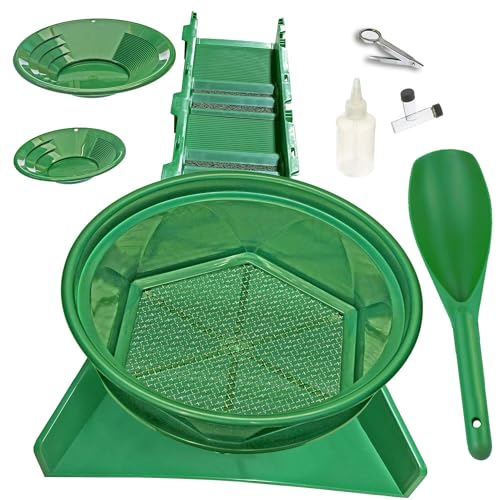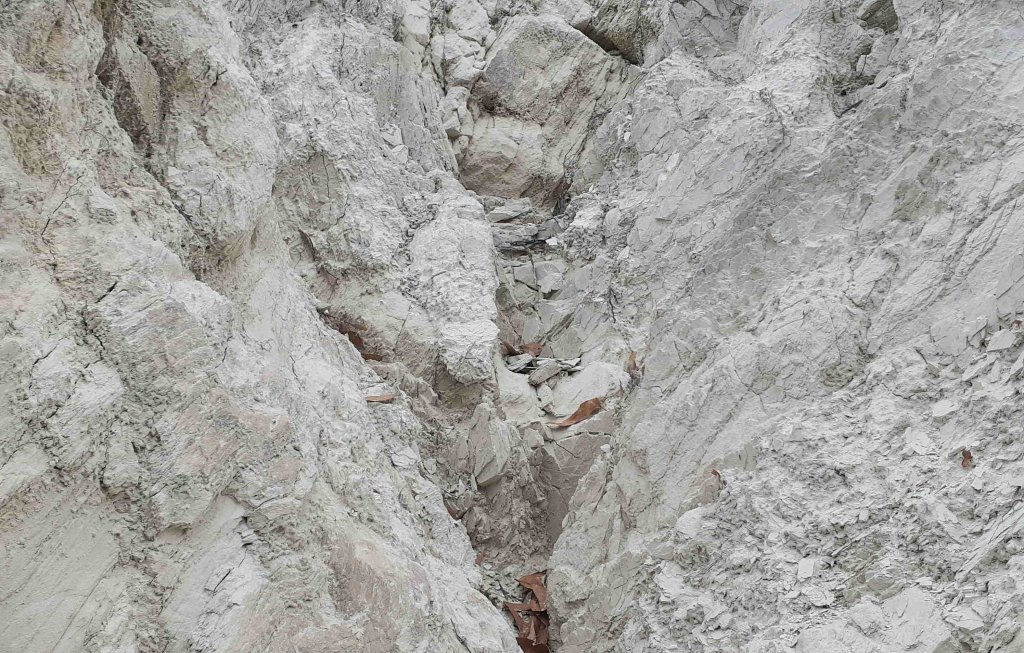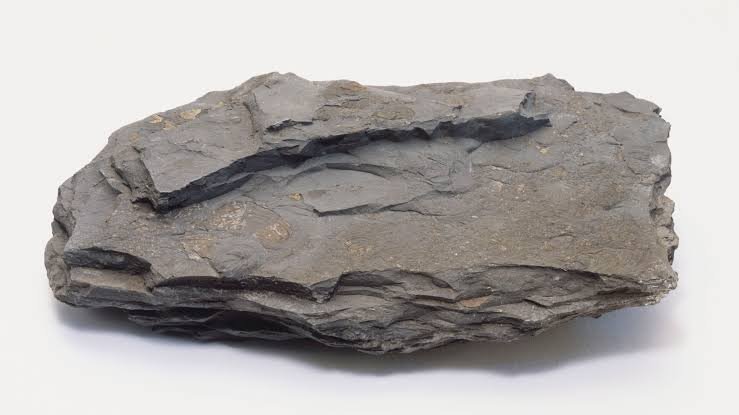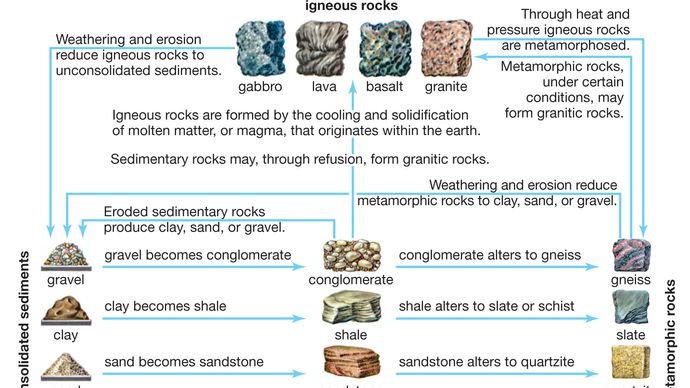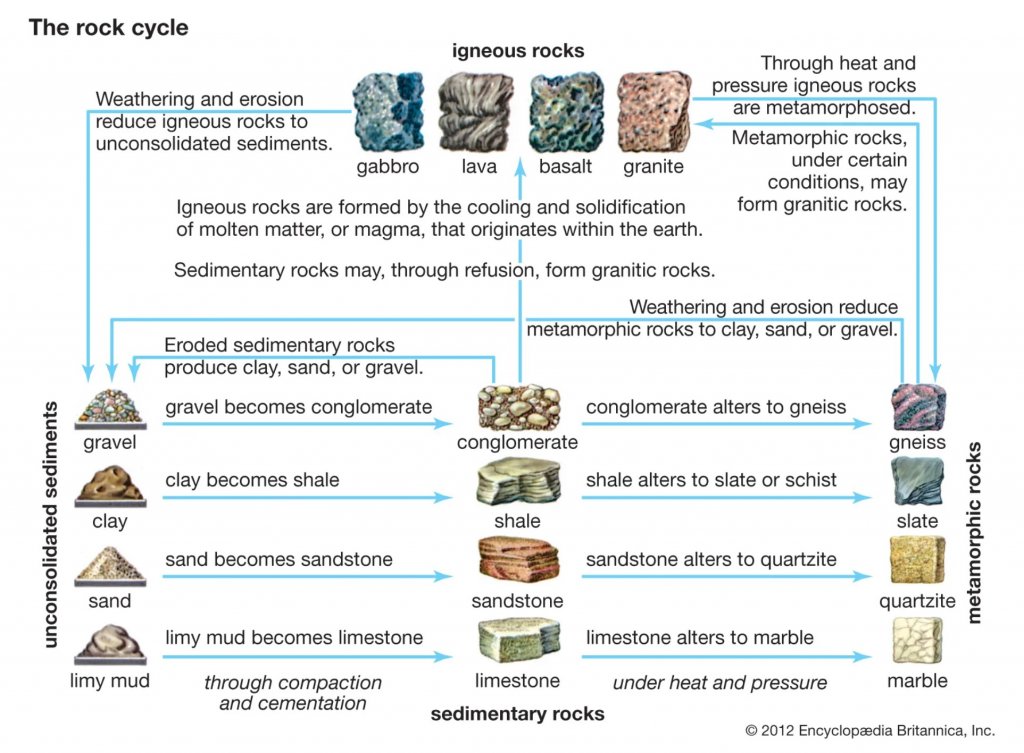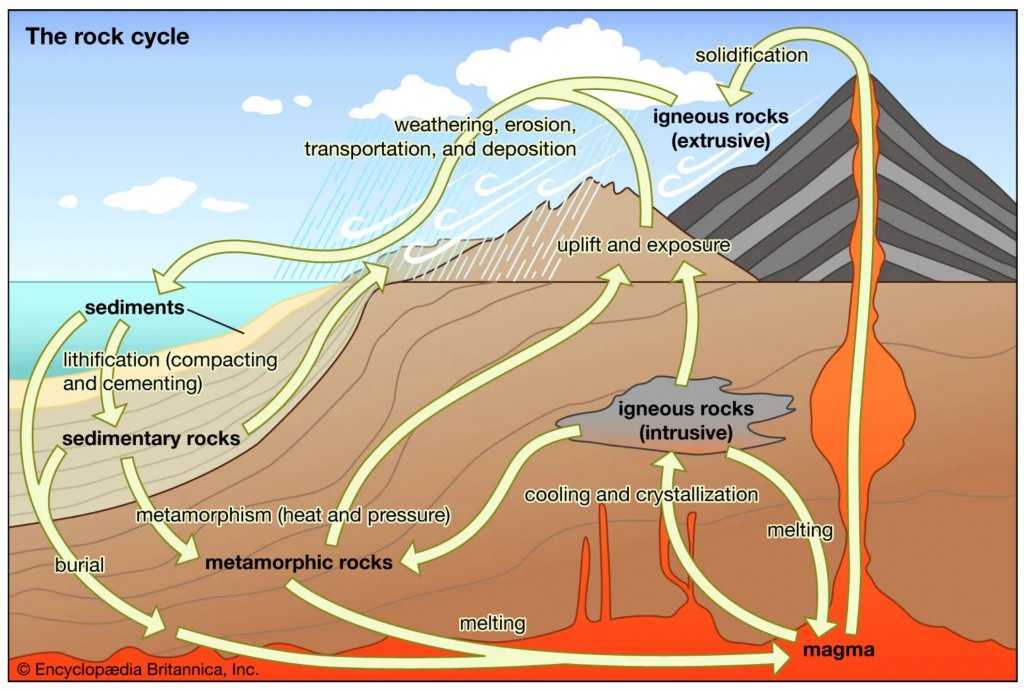Add this to the list of confusing historic terms that actually make less sense to the geologists among us (guilty) than to normal, sensible folk with better things to worry about. Whenever I see references to "pipeclay" my mind just shuts down and stops working (if it was working to begin with that is).
Thank you once again to Goldierocks for some actual geology.
One other one is references in older materials to "pitted shale" or pitted whatever - THAT I understand - the pits would be where there used to be little sulphide crystals in the original fresh rock. Slates are pretty resistant to weathering, but sulphides are not. First they oxidise, then they get washed out completely, leaving little "pits". Sulphides are pretty common around gold deposits like you see in Vic (and parts of WA).
A similar thing happens in quartz-carbonite veins (of the sort that often carry gold in gold fields) - if there were enough sulphides in the fresh rock, the preferential weathering of the sulphides can lead to a sort of honeycomb texture, that is better described in geology as "boxwork texture" - lots of little roughly cubic holes that once were full of sulphide crystals, now just full of iron staining. Boxwork textures are a good sign, just as laminated iron-quartz can also be.
Back to clay minerals - in the outer western suburbs of Melbourne, where the Newer Volcanics (basalt) have weathered to clay, there is a particular smectitic clay type known as Montmorillonite - and it is incredible at absorbing water, expanding hugely when wet. People have literally broken their house slabs in half by accidentally leaving a garden sprinkler on...



































